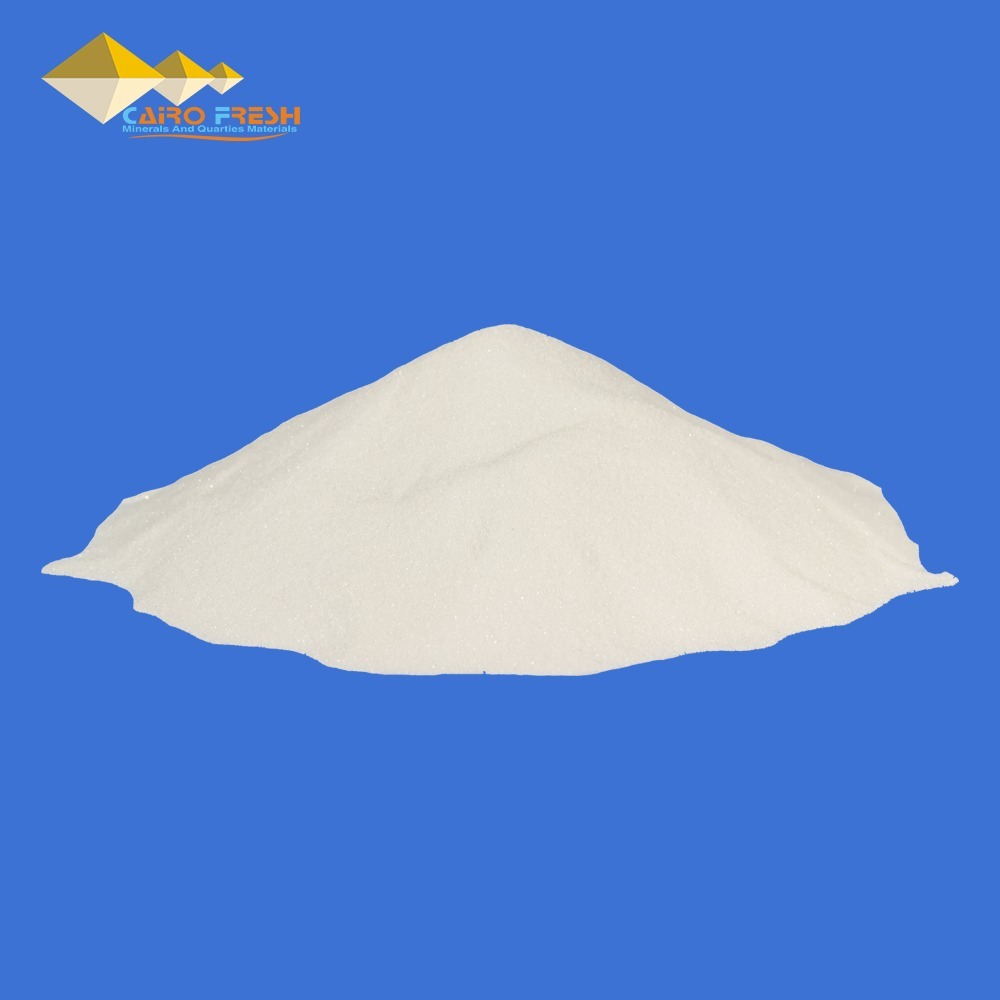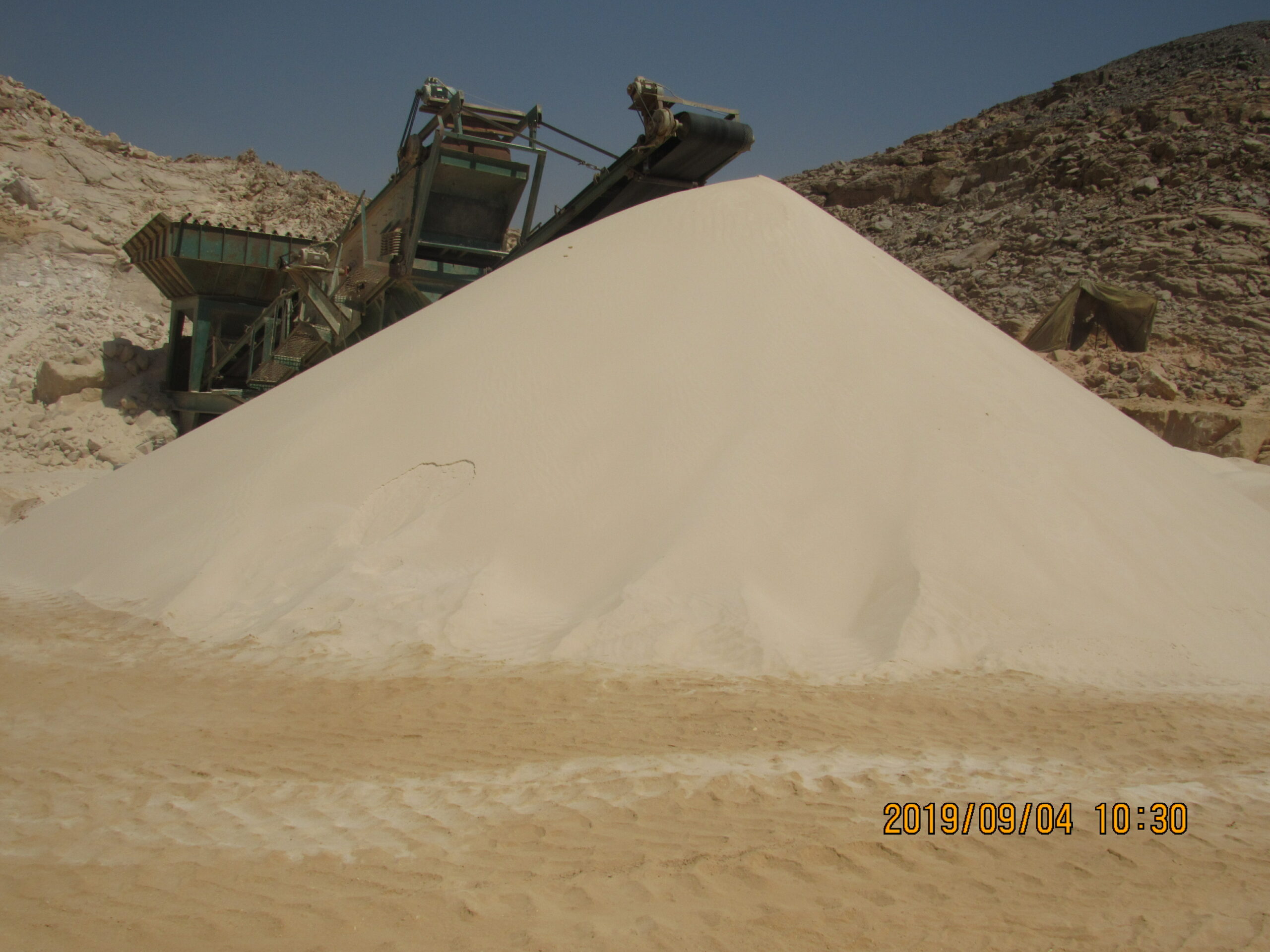Silica sand, a versatile and naturally occurring mineral, is widely used in various industries for its unique properties. However, prolonged exposure to respirable crystalline silica, commonly found in silica sand, poses serious health risks to individuals. In this in-depth exploration, we shed light on the health hazards associated with silica sand exposure, the industries at risk, and proactive measures to safeguard workers’ health.
Understanding Silica Sand and Respirable Crystalline Silica (RCS)
Silica sand, composed mainly of quartz, is abundant and plays a crucial role in manufacturing, construction, and other sectors. However, when silica sand is processed, cut, crushed, or pulverized, it releases fine respirable crystalline silica (RCS) particles into the air. These tiny particles, invisible to the naked eye, can be inhaled, leading to various health issues.
Health Risks of Silica Sand Exposure
Silicosis:
Prolonged exposure to respirable crystalline silica is a leading cause of silicosis, a progressive and irreversible lung disease. Silicosis occurs when inhaled silica particles cause inflammation and scarring in the lungs, compromising respiratory function. Symptoms may include persistent cough, shortness of breath, and fatigue. Severe cases of silicosis can lead to respiratory failure and increased susceptibility to other respiratory infections.
Lung Cancer:
Occupational exposure to silica dust, including that from silica sand, has been linked to an increased risk of lung cancer. Long-term exposure raises the likelihood of developing lung cancer, especially in individuals already affected by conditions such as silicosis.
Chronic Obstructive Pulmonary Disease (COPD):
Silica sand exposure is associated with the development of chronic obstructive pulmonary disease (COPD), a progressive lung condition characterized by chronic bronchitis and emphysema. COPD can lead to persistent respiratory symptoms, reduced lung function, and diminished quality of life.
Renal Disease:
Some studies suggest a potential link between silica exposure and the development of renal diseases. Prolonged exposure to silica dust may contribute to kidney damage, although further research is needed to establish a definitive connection.
Industries at Risk
Construction and Demolition:
Workers in construction and demolition are at significant risk of silica sand exposure, especially during activities such as cutting, grinding, and drilling materials containing silica.
Mining and Quarrying:
Those involved in mining and quarrying activities, where silica sand is extracted and processed, face heightened exposure risks. Miners, drillers, and equipment operators are particularly susceptible.
Foundry Work:
Foundry workers, involved in casting and molding processes using silica sand, are exposed to respirable crystalline silica during these activities.
Glass Manufacturing:
The production of glass involves the use of silica sand, putting workers in glass manufacturing facilities at risk of silica exposure.
Proactive Measures to Mitigate Health Risks
Engineering Controls:
Implementing engineering controls, such as local exhaust ventilation systems and wet methods, can effectively reduce the generation of airborne silica dust during various industrial processes.
Personal Protective Equipment (PPE):
Workers should use appropriate personal protective equipment, including respirators with high-efficiency particulate air (HEPA) filters, to minimize inhalation of silica dust.
Workplace Monitoring:
Regular monitoring of silica levels in the workplace helps identify potential exposure risks. This allows for timely adjustments to control measures and ensures a safe working environment.
Training and Education:
Comprehensive training programs on silica hazards, safe work practices, and proper use of protective equipment are essential for raising awareness and promoting a culture of safety among workers.
Medical Surveillance:
Implementing medical surveillance programs enables early detection of silica-related health issues among exposed workers. Regular health check-ups and screenings can aid in identifying conditions such as silicosis in their early stages.
Conclusion
While silica sand is a valuable resource in various industries, the health risks associated with its exposure are undeniable. Silicosis, lung cancer, COPD, and other respiratory and renal issues pose serious threats to workers in sectors where silica sand is prevalent. By understanding these risks and adopting proactive measures such as engineering controls, personal protective equipment, and thorough training, industries can create safer workplaces and protect the health of their workforce. It is imperative for employers, workers, and regulatory bodies to collaborate in implementing and enforcing measures that prioritize the well-being of those exposed to silica sand in the workplace.
Read more about:





